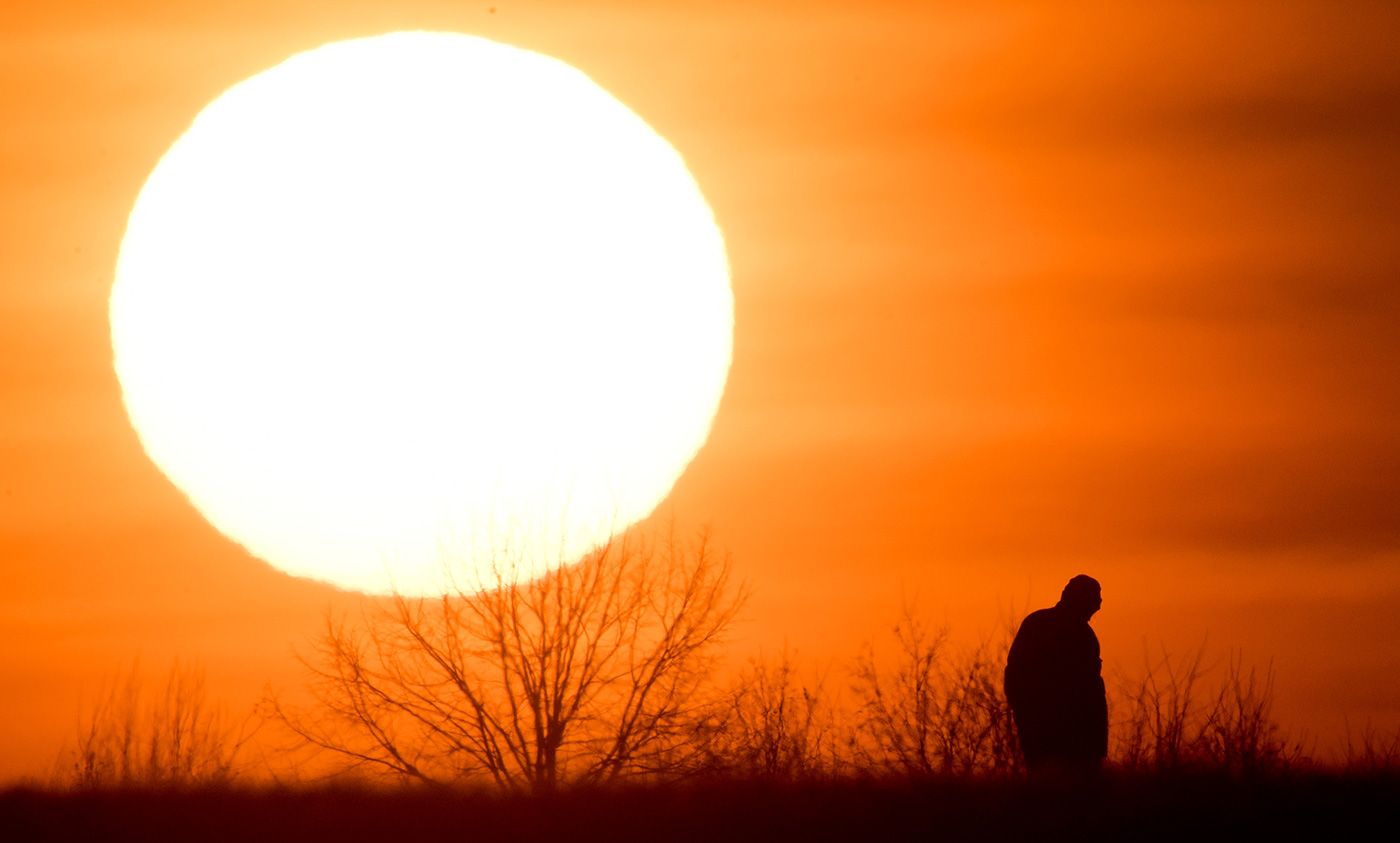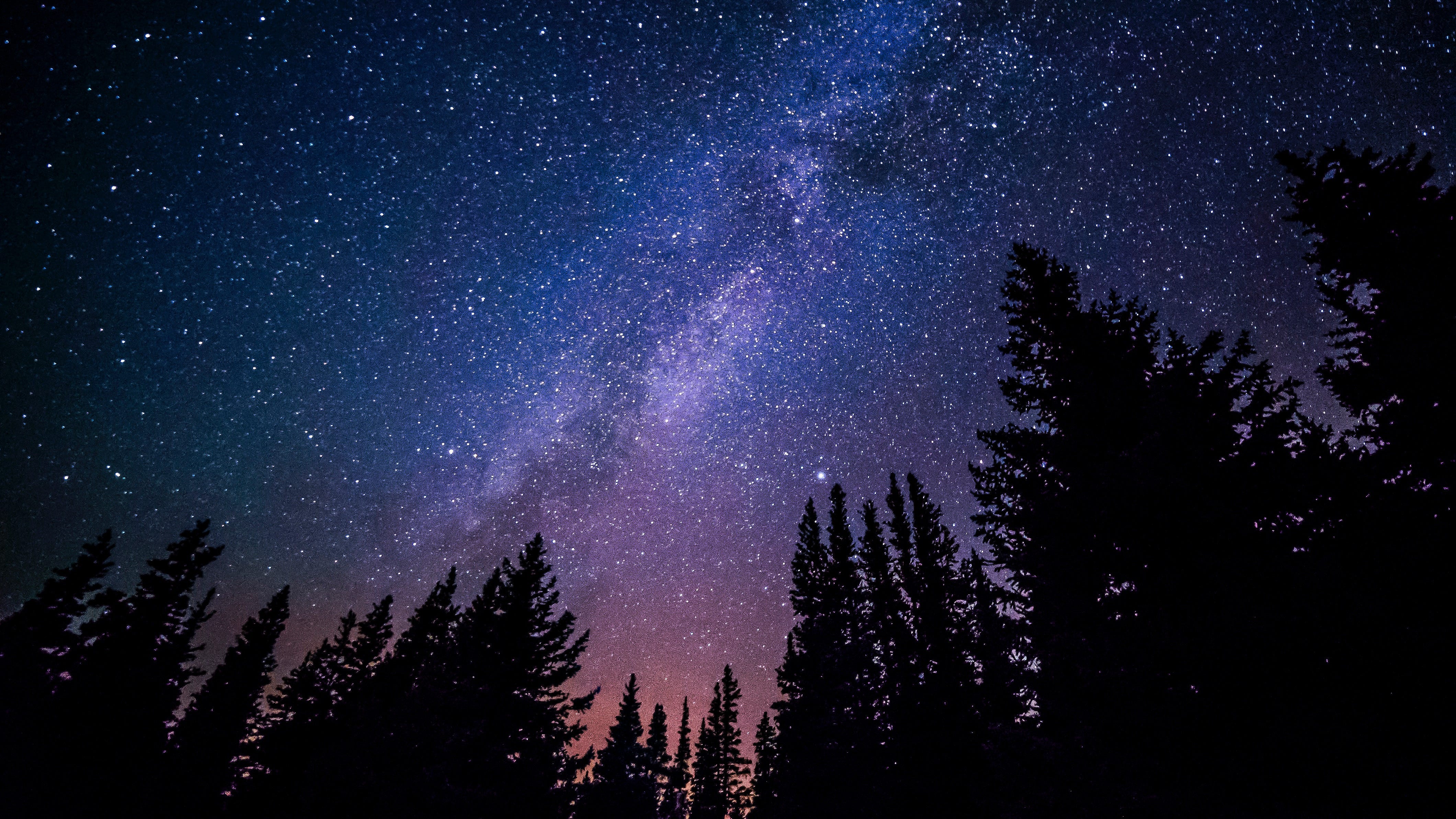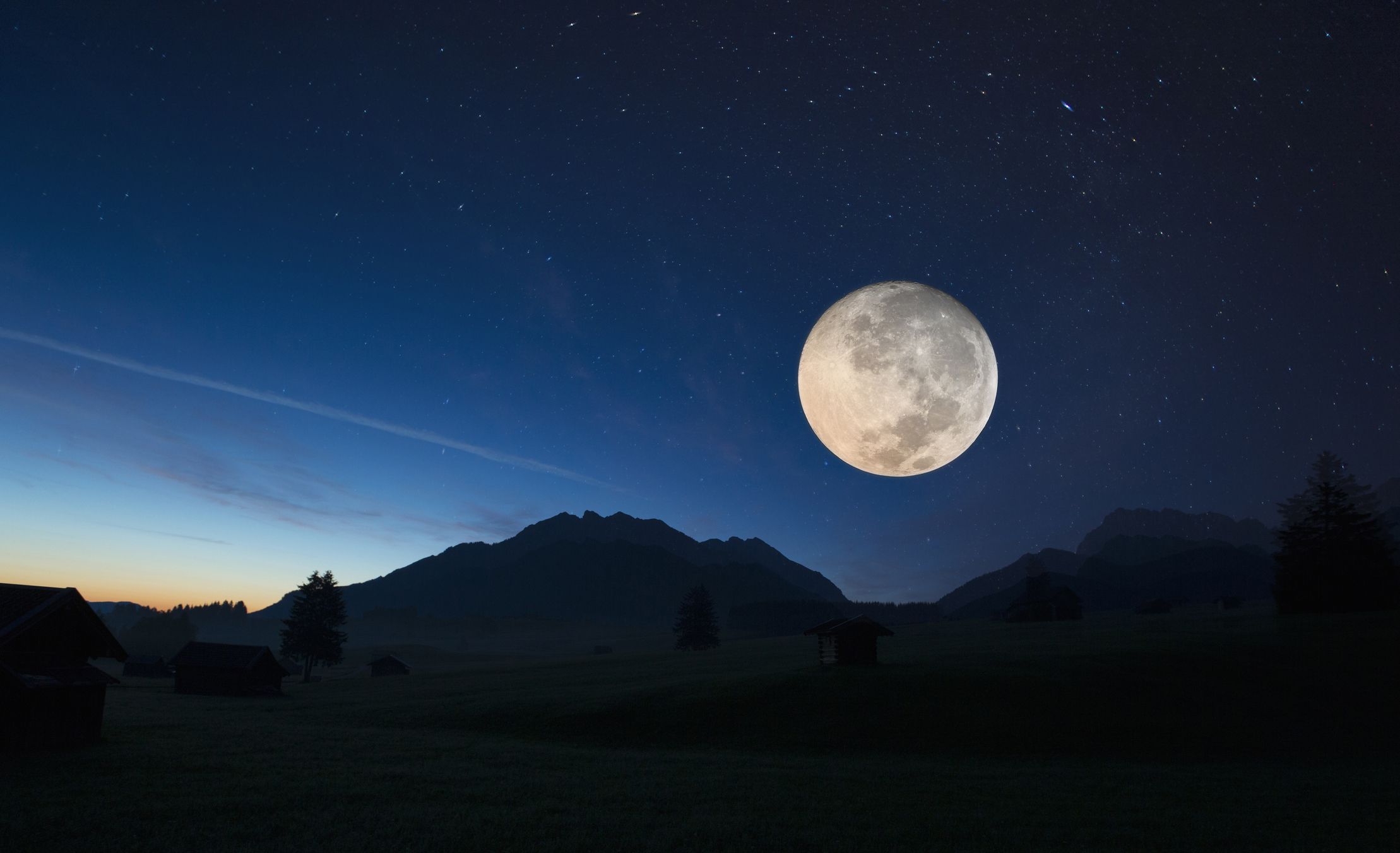Space elements
-
Sun

-
size:
-
432690miles diameter
-
contains mostly:
-
(glowing) gasses
-
fun fact:
-
Is a star.
The Sun—the heart of our solar system—is a yellow dwarf star, a hot ball of glowing gases.
The connection and interactions between the Sun and Earth drive the seasons, ocean currents, weather, climate, radiation belts and aurorae. Though it is special to us, there are billions of stars like our Sun scattered across the Milky Way galaxy. -
-
Mercury
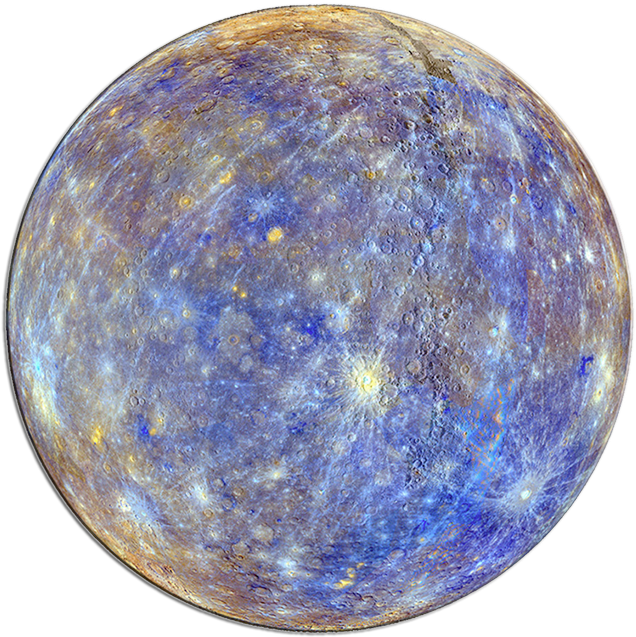
-
size:
-
1516miles diameter
-
contains mostly:
-
iron core, rocky shell
-
fun fact:
-
Mercury has no moons.
The smallest planet in our solar systemand nearest to the Sun, Mercury is only slightly larger than Earth's Moon.
From the surface of Mercury, the Sun would appear more than three times as large as it does when viewed from Earth, and the sunlight would be as much as seven times brighter. Despite its proximity to the Sun, Mercury is not the hottest planet in our solar system – that title belongs to nearby Venus, thanks to its dense atmosphere.
-
-
Venus
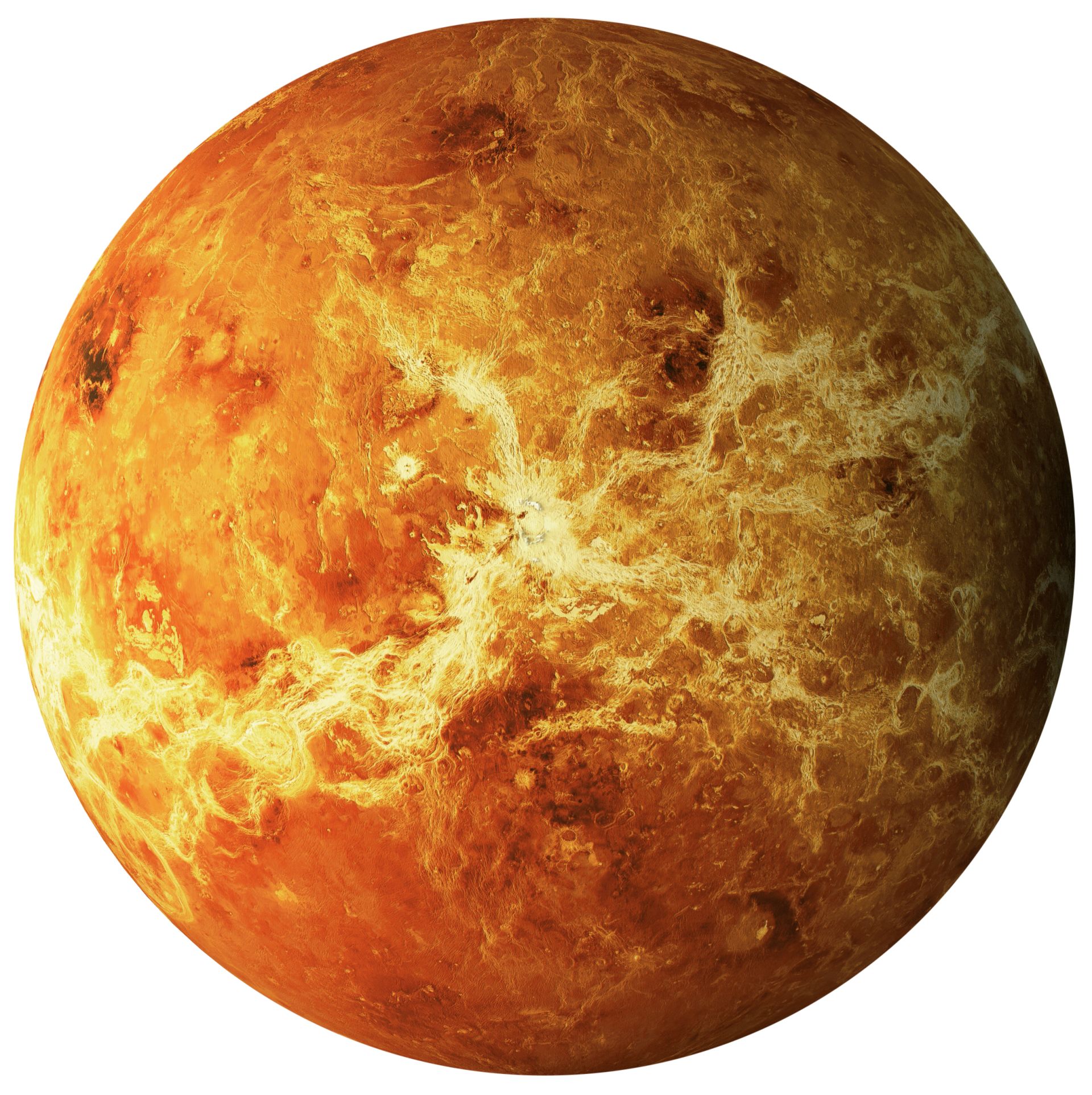
-
size:
-
3760,4miles diameter
-
contains mostly:
-
solid rocky surface, clouds
-
fun fact:
-
Structure & size simular to Earth.
Second planet from the Sun and our closest planetary neighbor, Venus is similar in structure and size to Earth, but it is now a very different world.
Venus spins slowly in the opposite direction most planets do. Its thick atmosphere traps heat in a runaway greenhouse effect, making it the hottest planet in our solar system—with surface temperatures hot enough to melt lead. Glimpses below the clouds reveal volcanoes and deformed mountains.
-
-
Earth

-
size:
-
3958,8miles diameter
-
contains mostly:
-
minerals, rocks, soil, water
-
fun fact:
-
Has one moon and no rings.
Our home planet is the third planet from the Sun, and the only place we know of so far that’s inhabited by living things.
While Earth is only the fifth largest planet in the solar system, it is the only world in our solar system with liquid water on the surface. The name Earth is at least 1,000 years old. All of the planets, except for and goddesses. However, the name Earth is a Germanic word, which simply means “the ground.”
-
-
Mars
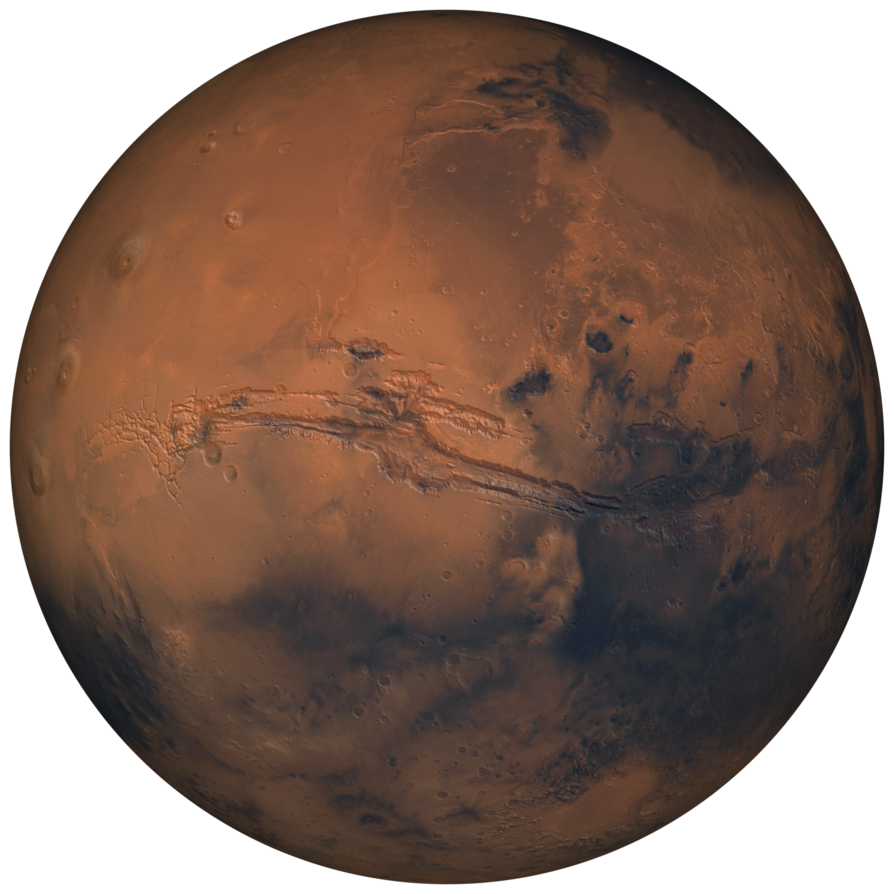
-
size:
-
2106,1miles diameter
-
contains mostly:
-
carbon, nitrogen, hydrogen, oxygen
-
fun fact:
-
Has 2 moons: Phobos & Deimos.
The fourth planet from the Sun, Mars is a dusty, cold, desert world with a very thin atmosphere.
This dynamic planet has seasons, polar ice caps and weather and canyons and extinct volcanoes, evidence of an even more active past.
-
-
Jupiter

-
size:
-
43441miles diameter
-
contains mostly:
-
hydrogen and helium
-
fun fact:
-
Has more than 75 moons.
Fifth in line from the Sun, Jupiter is, by far, the largest planet in the solar system – more than twice as massive as all the other planets combined.
Jupiter's familiar stripes and swirls are actually cold, windy clouds of ammonia and water, floating in an atmosphere of hydrogen and helium. Jupiter’s iconic Great Red Spot is a giant storm bigger than Earth that has raged for hundreds of years.
-
-
Saturn
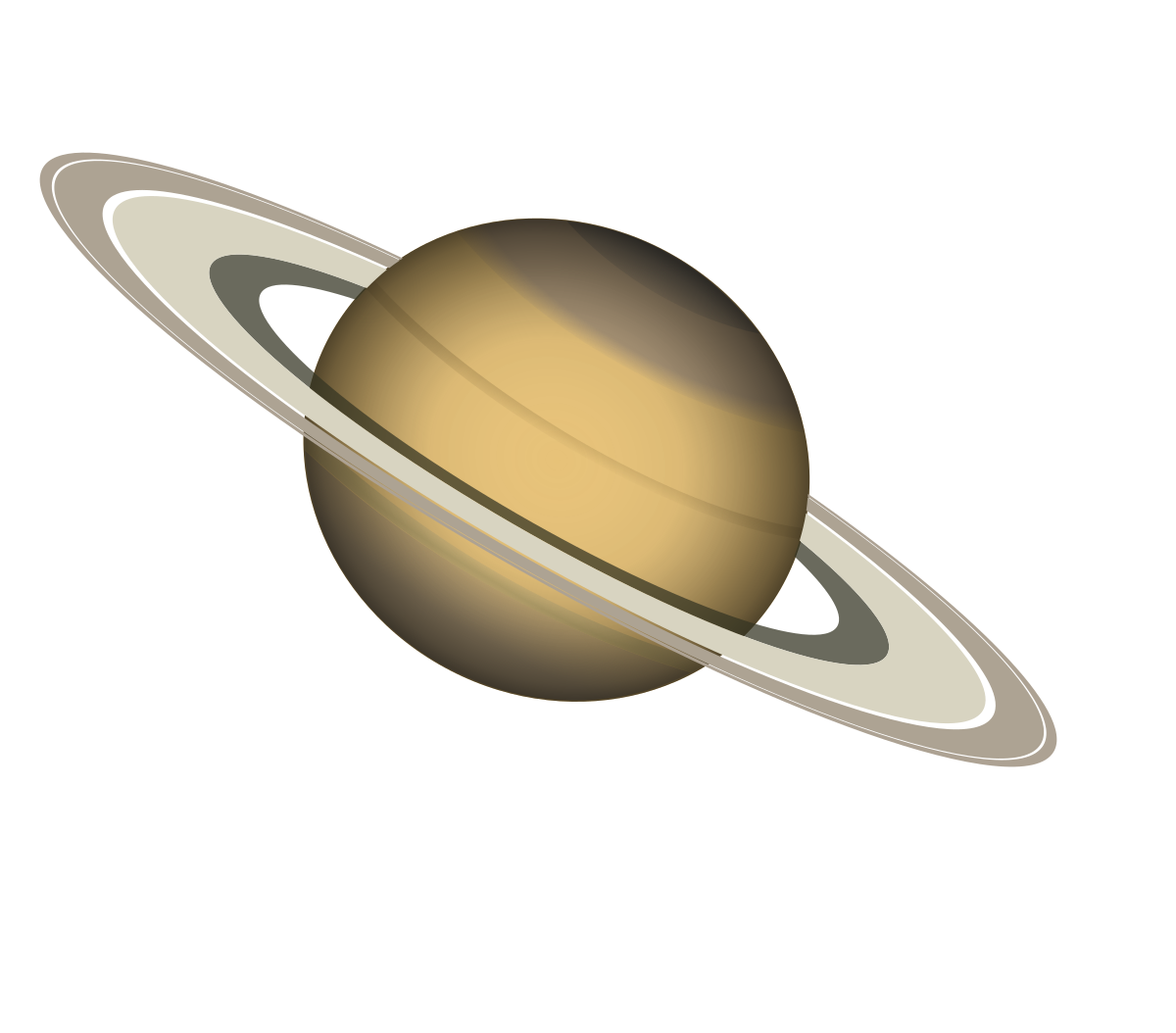
-
size:
-
36184miles diameter
-
contains mostly:
-
hydrogen and helium
-
fun fact:
-
7 rings, several gaps and divisions.
Saturn is the sixth planet from the Sun and the second largest planet in our solar system.
Adorned with thousands of beautiful ringlets, Saturn is unique among the planets. It is not the only planet to have rings—made of chunks of ice and rock—but none are as spectacular or as complicated as Saturn's. Saturn is a massive ball made mostly of hydrogen and helium.
-
-
Uranus
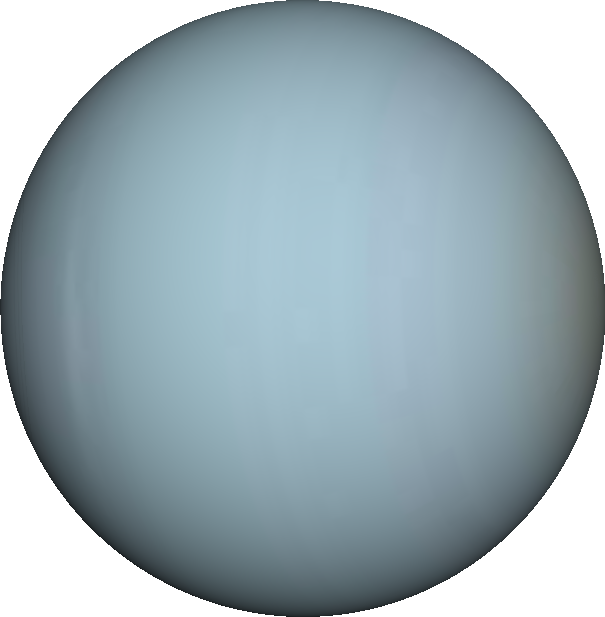
-
size:
-
15759miles diameter
-
contains mostly:
-
water, methane, ammonia fluids
-
fun fact:
-
Has 13 known rings.
The first planet found with the aid of a telescope, Uranus was discovered in 1781 by astronomer William Herschel, although he originally thought it was either a comet or a star.
It was two years later that the object was universally accepted as a new planet, in part because of observations by astronomer Johann Elert Bode. Herschel tried unsuccessfully to name his discovery Georgium Sidus after King George III. Instead the scientific community accepted Bode's suggestion to name it Uranus, the Greek god of the sky, as suggested by Bode.
-
-
Neptune

-
size:
-
15299miles diameter
-
contains mostly:
-
"icy" water, methane, ammonia
-
fun fact:
-
Is an ice giant.
Dark, cold and whipped by supersonic winds, ice giant Neptune is the eighth and most distant planet in our solar system.
More than 30 times as far from the Sun as Earth, Neptune is the only planet in our solar system not visible to the naked eye and the first predicted by mathematics before its discovery. In 2011 Neptune completed its first 165-year orbit since its discovery in 1846.
-
-
Pluto
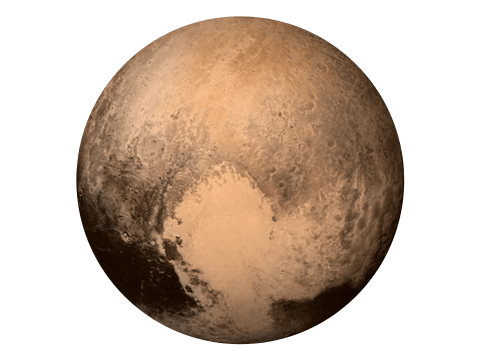
-
size:
-
738,38miles diameter
-
atmosphere:
-
nitrogen, methane, carbon monoxide
-
fun fact:
-
A day on Pluto lasts 153 hours.
Pluto—which is smaller than Earth’s Moon—has a heart-shaped glacier that’s the size of Texas and Oklahoma. This fascinating world has blue skies, spinning moons, mountains as high as the Rockies, and it snows—but the is red.
-
-
Ceres

-
size:
-
293,91miles diameter
-
atmosphere:
-
ice and rock
-
fun fact:
-
Some think Ceres has more water than Earth.
Dwarf planet Ceres is the largest object in the asteroid belt between Mars and Jupiter and the only dwarf planet located in the inner solar system. It was the first member of the asteroid belt to be discovered when Giuseppe Piazzi spotted it in 1801. And when Dawn arrived in 2015, Ceres became the first dwarf planet to receive a visit from a spacecraft.
Called an asteroid for many years, Ceres is so much bigger and so different from its rocky neighbors that scientists classified it as a planet in 2006. Even though Ceres comprises 25 percent of the asteroid belt's total mass, tiny Pluto is still 14 times more massive.
-
-
MakeMake
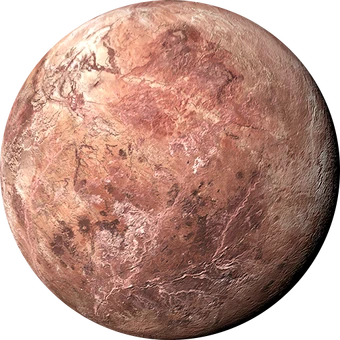
-
size:
-
444,28miles diameter
-
atmosphere:
-
ice, frozen methane and ethane
-
fun fact:
-
Located in the Kuiper Belt.
Along with fellow dwarf planets Pluto, Eris and Haumea, Makemake is located in the Kuiper Belt, a region outside the orbit of Neptune. Slightly smaller than Pluto, Makemake is the second-brightest object in the Kuiper Belt as seen from Earth (while Pluto is the brightest). It takes about 305 Earth years for this dwarf planet to make one trip around the sun.
-
-
Haumea
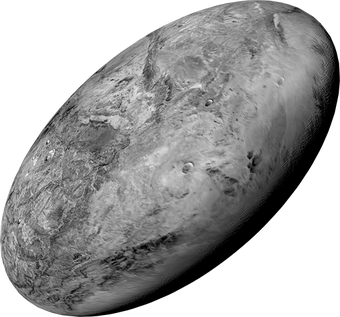
-
size:
-
507,04miles diameter
-
atmosphere:
-
rocks, thin icy shell
-
fun fact:
-
Haumea is been nicknamed "Santa".
Originally designated 2003 EL61 (and nicknamed Santa by one discovery team), Haumea resides in the Kuiper belt and is the same size as Pluto. Haumea is one of the fastest rotating large objects in our solar system. Its fast spin distorts Haumea's shape, making this dwarf planet look like a football.
-
-
Eris
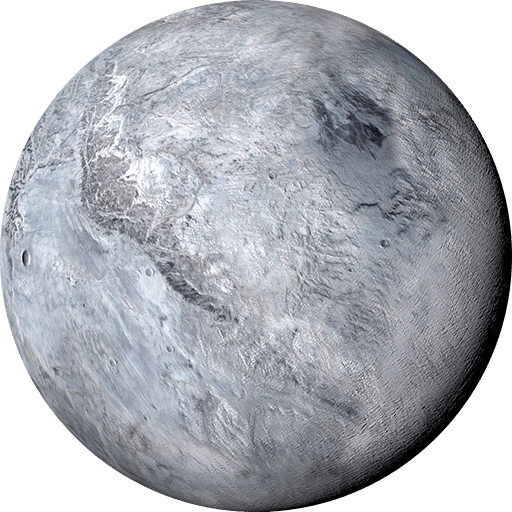
-
size:
-
722,65miles diameter
-
atmosphere:
-
nitrogen ice, frozen methane
-
fun fact:
-
Center of scientific "definition of a planet" debate.
Eris is one of the largest known dwarf planets in our solar system. It's about the same size as Pluto, but is three times farther from the Sun.
Eris first appeared to be larger than Pluto. This triggered a debate in the scientific community that led to the International Astronomical Union's decision in 2006 to clarify the definition of a planet. Pluto, Eris and other similar objects are now classified as dwarf planets.
-
-
Planet X
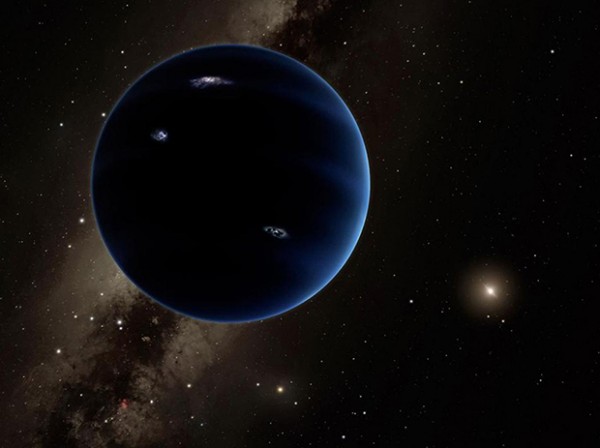
-
size:
-
4 x earth
-
atmosphere:
-
?
-
fun fact:
-
Planet X has not yet been discovered.
Caltech researchers have found mathematical evidence suggesting there may be a "Planet X" deep in the solar system. This hypothetical Neptune-sized planet orbits our Sun in a highly elongated orbit far beyond Pluto. The object, which the researchers have nicknamed "Planet Nine," could have a mass about 10 times that of Earth and orbit about 20 times farther from the Sun on average than Neptune. It may take between 10,000 and 20,000 Earth years to make one full orbit around the Sun.
The announcement does not mean there is a new planet in our solar system. The existence of this distant world is only theoretical at this point and no direct observation of the object nicknamed "Planet 9" have been made. The mathematical prediction of a planet could explain the unique orbits of some smaller objects in the Kuiper Belt, a distant region of icy debris that extends far beyond the orbit of Neptune. Astronomers are now searching for the predicted planet.
-
-
Earth's Moon
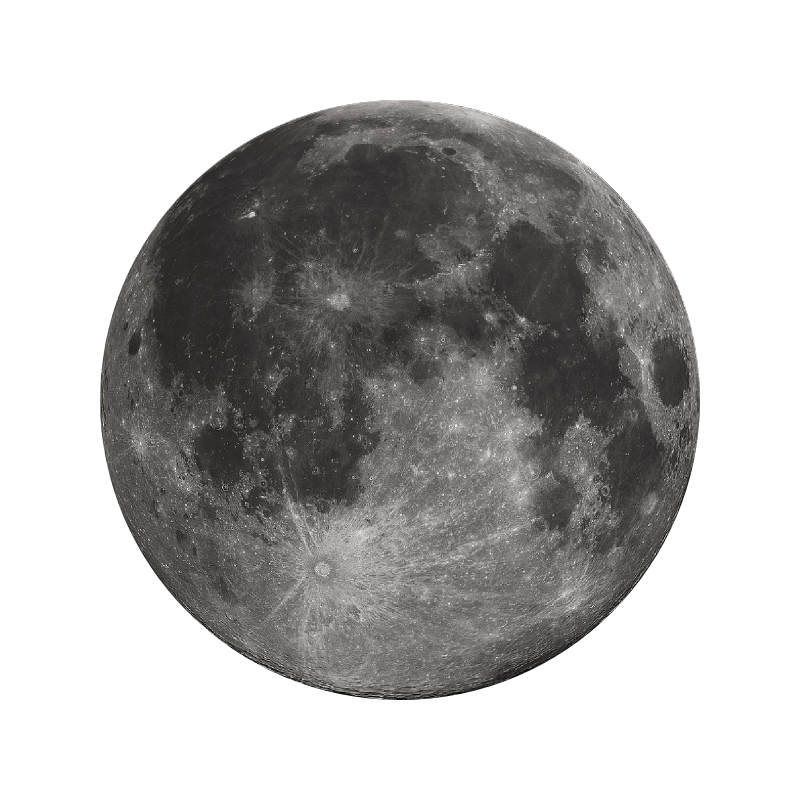
-
size:
-
1079,4miles diameter
-
contains mostly:
-
rocky, solid-surface body, soil
-
fun fact:
-
Only celestial body beyond Earth, visited by human.
Earth's Moon is the place beyond Earth where humans have set foot.
The brightest and largest object in our night sky, the Moon makes Earth a more livable planet by moderating our home planet's wobble on its axis, leading to a relatively stable climate. It also causes tides, creating a rhythm that has guided humans for thousands of years. The Moon was likely formed after a Mars-sized body collided with Earth.
-
